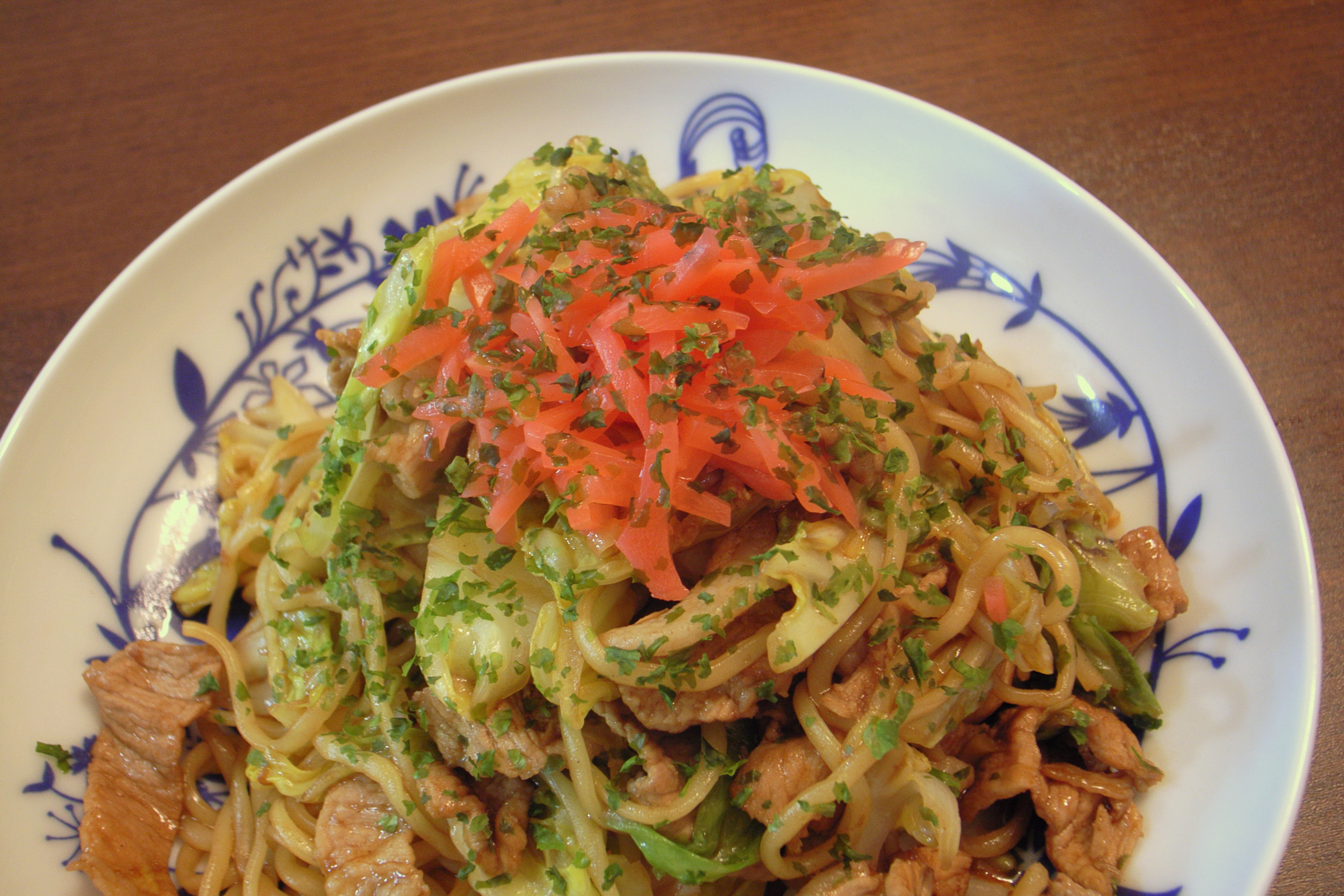Ramune comes in a glass bottle with a very distinctive shape. It is sold in many shops in the summer. You probably will not find it anywhere in the winter as it is a summer drink. But there is a specific way to open it. If you are drinking ramune for the first time, you may have problems openingn the bottle.Here is my guide on how to open ramune
How to open Ramune
You will need: a bottle of Ramune
a stable and firm surface like a table
a lot of force
Step 1: We need to first get the special bottle opener that only opens Ramune bottles. Remove the plastic covering from the top to reveal the piece that looks like a lid, which contains the special bottle opener. Push down on the center of the plastic lid to get the piece that opens the bottle.
Step 2: Put the narrow side of the special bottle opener on the marble
Step 3: Place the ramune on the stable surface and use one hand to hold the Ramune down
Step 4: Use as much force as possible and hit the top of the plastic with your other hand. This should dislodge the marble.
Step 5: When you see the marble drop, you have succeeded in opening the bottle. But this is the important bit. Keep you hand on the lid for 5 seconds before you let go otherwise it will fizz out of the bottle and you will end up with sticky hands. When all the pressure has been released, you can now drink from the bottle.
Step 6: Enjoy your fizzy drink!\(^o^)/
| A bottle of opened Ramune By Fer1997 (Own work) [CC BY-SA 3.0 (http://creativecommons.org/licenses/by-sa/3.0)], via Wikimedia Commons |
how to open the bottle. I recommend the YouTuber Mimei's video on how to open the Ramune bottle.
Click here to go to her video. She speaks in Japanese but there are English subtitles so most people should be able to understand.
How to drink Ramune
Now you are probably wondering why the marble is important. There is a very good reason for the marble being there. The reason will become very clear when you try to drink it.
If you try and drink from the bottle, you may find that the marble will roll to the mouthpiece and stop you from drinking.
If you tilt the bottle, the marble will roll around the middle. If you look at the bottle, you can see two circular indentations. If you roll the marble so it sits below the two indentations and above the narrow middle section and drink, the circular indentations will stop the marble from rolling into the mouth piece and will not stop you from drinking the delicious fizzy drink.
If you tilt the bottle, the marble will roll around the middle. If you look at the bottle, you can see two circular indentations. If you roll the marble so it sits below the two indentations and above the narrow middle section and drink, the circular indentations will stop the marble from rolling into the mouth piece and will not stop you from drinking the delicious fizzy drink.
The different flavours of Ramune
The normal flavour of Ramune is a subtle lemon flavour. But in Japan, you can get many different flavours.
.jpg) |
| Different flavors of Ramune kept cool in ice and water By Ruocaled (DSC02657) [CC BY 2.0 (http://creativecommons.org/licenses/by/2.0)], via Wikimedia Commons |
Some flavours are:
- Banana
- Blueberry
- Chocolate (yum :P)
- Grape
- Green apple
- Green tea
- Lychee
- Mango
- Octopus
There are at least 36 different flavors.







